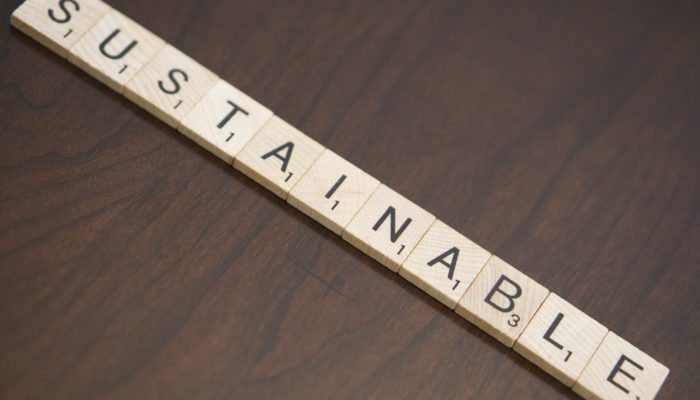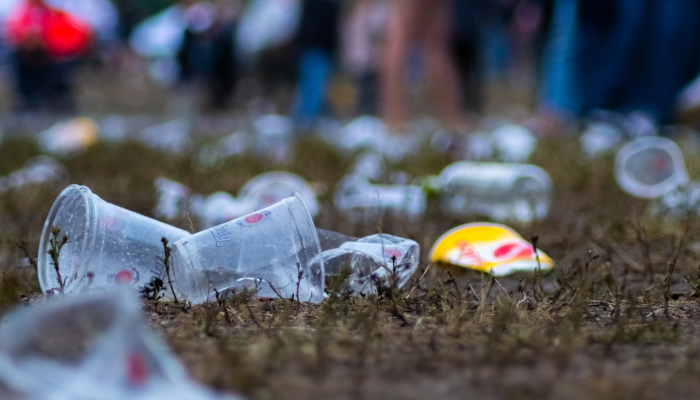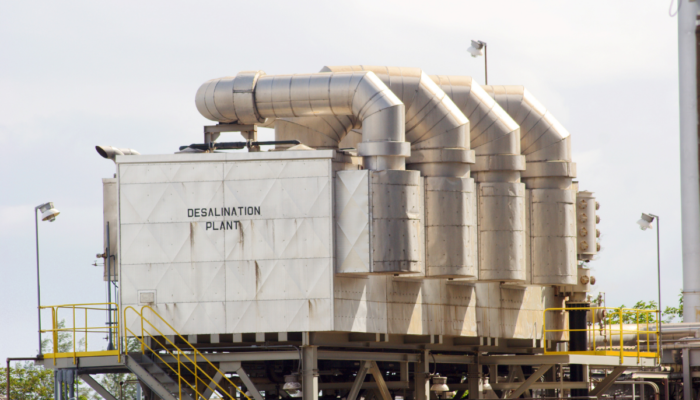The scoop: Cycling is a simple but effective way for individuals to reduce their carbon footprint. On a larger scale, cycling is an important tool in fulfilling the UN's Sustainable Development Goals (SDGs).
Facts and figures:
- 50% of all deliveries in metro areas can be completed by bicycle.
- Switching from a car to a bicycle saves 150g of CO₂ per kilometer. (UNEP)
- A 2015 Institute for Transportation and Development Policy study concluded that a dramatic increase (about 20%) in cycling worldwide could “cut carbon dioxide emissions from urban passenger transport by nearly 11 percent in 2050.” (bicycling.com)
- In 2019, direct greenhouse gas (GHG) emissions from the transport sector accounted for 23% of global energy-related CO2 emissions, with 70% of direct transport emissions coming from road vehicles. Case studies suggest that active mobility like walking and cycling could reduce emissions from urban transport by up to 10%. (UCI)
Bottom line: Cycling allows individuals to lead a healthier, more sustainable lifestyle. And when an entire society adopts cycling, it can profoundly impact the climate.
Dig deeper → 4 min
A scientific process called desalination could help solve a looming water crisis.
With a higher demand for freshwater, a growing population will continue to pressure natural freshwater resources. Today, 1 in 9 people already lack access to safe water. If current water consumption trends persist, the demand for water will exceed supply by 40% in 2030.
Only 0.7% of Earth’s water is readily accessible as freshwater and 96.5% of it is saltwater. Through the process of desalination, scientists can turn saltwater into safe, drinking water. This process is either thermal-based (solar desalination) or membrane-based (reverse osmosis).
Why not implement desalination worldwide? There are environmental and economic challenges. For example, brine, the concentrated salt byproduct of desalination plants, is known to disrupt ocean ecosystems. But path to more sustainable alternatives exist.
If global water scarcity worsens, sustainable desalination plants can help provide fresh, potable water to vulnerable populations across the world.
Dig deeper → 2 min











